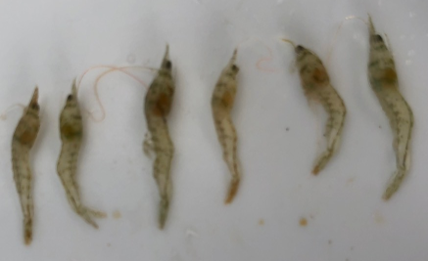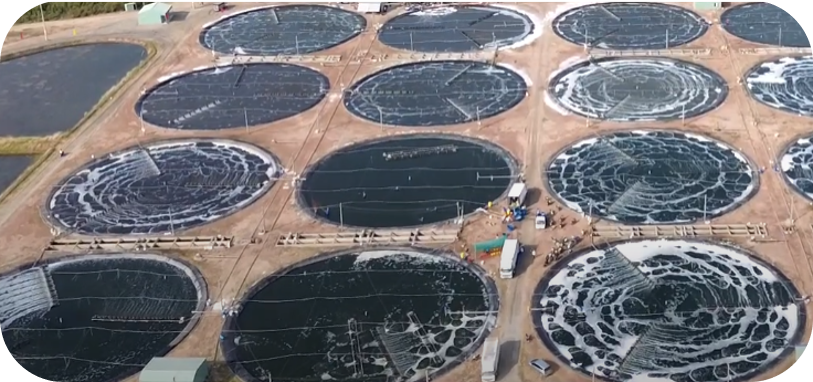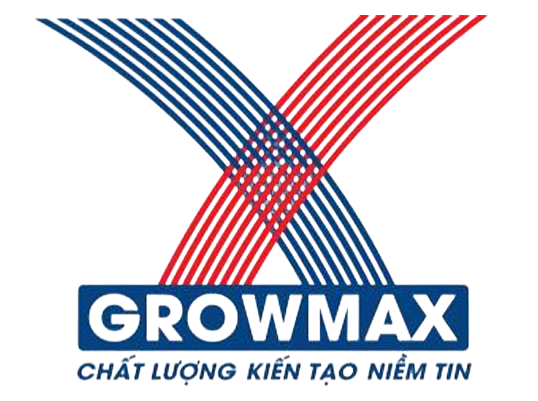
Introduction
With the serious consequences caused by TPD (postlarval opacity disease) in whiteleg shrimp in the current period, finding a farming process to prevent TPD in shrimp is one of the most important factors to ensure the development and success of shrimp farmers.
Information about TPD
TPD in shrimp, also known as postlarval opacity disease, is one of the diseases that causes great damage to whiteleg shrimp. This disease often appears in the postlarval stage, shrimp from 2-15 days old, causing shrimp to have opaque liver and intestines and leading to a mortality rate up to 100 times higher than the previous EHP disease. The disease is currently believed to be caused by Vibrio bacteria called Vibrio parahaemolyticus (Vibrio JS20200428004-2)
Effective shrimp farming process
Determining the cause will help to develop more effective prevention and treatment measures, and the cause is currently caused by bacteria, so it is necessary to have a farming process that integrates many factors in a comprehensive way to inhibit and kill bacteria appropriately. Therefore, the most effective TPD prevention process in shrimp is that farmers need to combine the following factors: healthy shrimp, suitable water environment, high-quality feed. Each step in this process plays an important role in ensuring the health and development of shrimp.
Select healthy shrimp from reputable facilities, with clear origins, shrimp from healthy parent shrimp and tested negative for TPD before being brought to the farming area.
Prepare and manage the best possible farming environment by ensuring proper standards for water environment, waste treatment, use of antibiotics, and microbial active ingredients. Continuously check and handle immediately when there are unusual changes. In addition, it is advisable to apply advanced high-tech farming models with full treatment systems such as settling ponds, ready ponds, covered nursery ponds, etc.
Using high-quality feed with active ingredients to inhibit bacteria that cause TPD in shrimp while ensuring adequate provision of nutrients, minerals, amino acids, etc. for shrimp helps shrimp improve resistance, develop well and withstand TPD in shrimp. At the same time, apply a reasonable feeding regimen suitable for shrimp and does not affect the water environment. Such as special functional feed to support prevention of TPD in shrimp Specific TPD of GrowMax Group.
– Specific TPD is a functional food product that has been carefully researched and developed by the GrowMax nutrition experts based on a special formula.
– Specific TPD is supplemented with specialized additives that promote the immune system of farmed shrimp, enhancing the resistance of farmed shrimp to TPD pathogens.
– Specific TPD is supplemented with a special group of biological active ingredients that help promote the completion of the digestive system of small shrimp, supporting the absorption and metabolism of food in the most effective way.
– Specific TPD helps provide all the essential nutrients for farmed shrimp to grow quickly and have strong resistance.
See more product information here

Figure. GrowMax’s safe, bio-recirculating water farming process helps control the farming environment effectively.
Conclusion
Prevention is always better than cure, and this is especially true when it comes to TPD. And applying an effective shrimp farming process to prevent TPD not only helps prevent serious diseases like TPD in shrimp but also increases shrimp productivity and quality, helping farmers save a lot of money on disease treatment costs.
